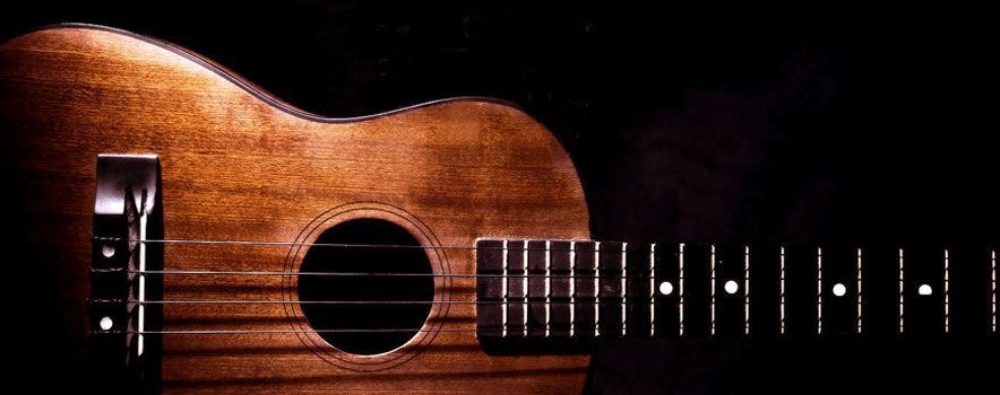Elementary students in both the Lower and Upper Elementary classrooms have been focusing on playing together as an ensemble. Playing as an ensemble allows students to develop team skills, learn to distinguish between melody and harmony, and learn to listen and non-verbally communicate with each other to create music. Students can also demonstrate what they have learned about dynamics, tempo, technique, and tone. They are so excited when a piece of music comes together and they realize that they are musicians!
Primary – Movement and Making Music
Each Primary classroom enjoys music twice a week (once for half-day friends), as part of the wonderful enrichment opportunities at FMS. Music and movement is so important for our youngest students! While the students are having fun, they are actually building social skills! Music helps us learn how to communicate emotions, listen, take turns, develop language, and express ourselves!
This month, we have been focusing on recognizing and playing along with loud and quiet music, expressing thankfulness, spatial awareness, and playing a variety of musical instruments.
Beginning Unpitched Percussion in Lower Elementary
This month, Lower Elementary students are working on reading rhythms with percussion instruments. So far, the children have mastered reading and playing eighth notes, quarter notes, and rests. They have really enjoyed making their own compositions and sharing it with their class. We use syllables to determine sounds: for example, “apple, pear, apple, pear” would be composed as “two eighth notes, quarter note, two eighth notes, quarter note”.
Instruments like shakers, rhythm sticks, wood blocks, drums and tambourines are a wonderful tool to practice keeping a steady beat, changing tempos, hand-eye coordination, and distinguishing timbre. As the year progresses, more challenging pitched instruments will be introduced.
Welcome back!
Aug 27, 2021
FMS students are already diving into music education this school year! Here’s just a few of the things that we’ve been working on:
Primary – Vocal exploration, keeping a steady beat, movement to music, listening, care of instruments and materials (You can listen to this month’s Primary Playlist here: https://open.spotify.com/playlist/5qj6ifx2bbm4xDRZ1djRfw?si=H9Z97_XUSzS8sqtRHcbDYw&dl_branch=1)
Lower Elementary – Solfege syllables and hand signs, playing percussion instruments, music notation (quarter notes, eighth notes, rests), rhythm recognition and repetition, movement to music.
Upper Elementary – Copying and creating our own body percussion, the rules and etiquette of the Star Spangled Banner, listening and copying more advanced rhythms (quarter notes, half notes, rests, eighth notes, whole notes).
Lower Elementary Music
April 8, 2021
One of our Lower Elementary students’ favorite way to explore music is through dance! Folk dancing is a multi-sensory activity that improves social skills, coordination, cooperation, listening skills and rhythm. Thankfully, we’ve found some fun ways to keep dancing while still social distancing. Usually, the children are having too much fun to realize that we are also reviewing musical concepts that we’ve discussed in class such as note durations (whole notes, half notes, eighth notes and quarter notes), rests, repeats, ostinatos, canons, and much more!
E3 Students learned a folk dance and used scarves to maintain social distancing.
